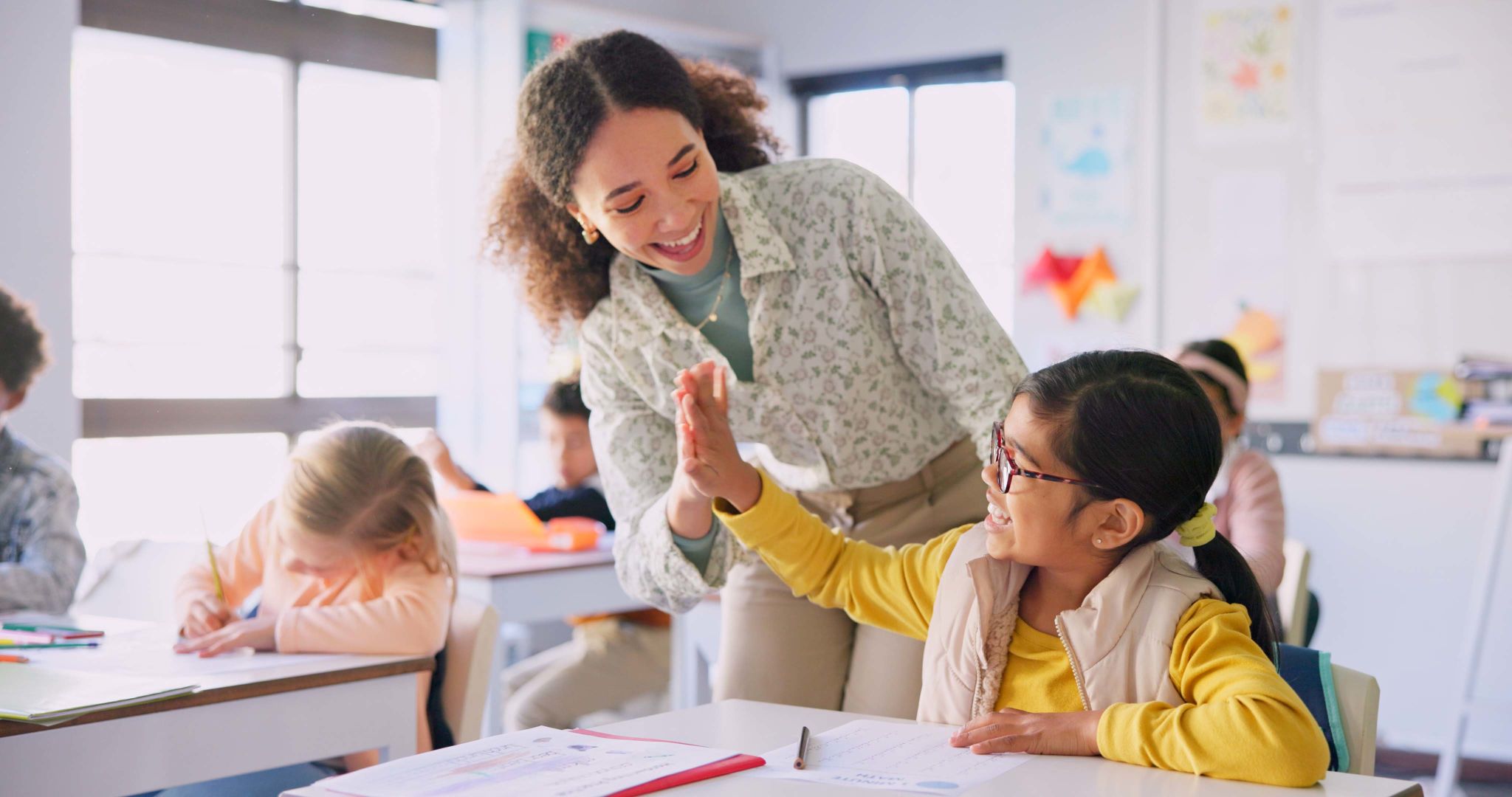Top Trends in Special Education: Innovations and Insights
DH
Embracing Technology in Special Education
The field of special education is continuously evolving, driven by technological advancements that offer new ways to support diverse learning needs. One of the most significant trends is the integration of assistive technology in the classroom. Devices such as speech-to-text tools, interactive software, and communication apps are empowering students with disabilities to engage more fully in their education.
Moreover, virtual reality (VR) and augmented reality (AR) are making waves in special education. These technologies provide immersive experiences that can enhance learning and comprehension for students who benefit from visual and experiential learning methods. For example, VR can simulate real-world scenarios, allowing students to practice social skills in a controlled environment.

Personalized Learning Approaches
Another key trend in special education is the shift towards personalized learning approaches. Educators are increasingly using data-driven strategies to tailor instruction to the unique needs of each student. This customization can include adjusting the pace of instruction, altering the curriculum, or incorporating interests to make learning more relevant and engaging.
Adaptive learning technologies are central to this trend, providing platforms that automatically adjust content difficulty based on a student's progress. This ensures that students are consistently challenged at a level appropriate for their development, fostering both confidence and competence.

Inclusive Classroom Environments
The push for more inclusive classroom environments is another important trend in special education. Inclusion involves integrating students with disabilities into general education classrooms, promoting social interaction and a sense of belonging. Schools are adopting Universal Design for Learning (UDL) principles to make curricula accessible to all students, regardless of ability.
This approach not only benefits students with disabilities but also enhances learning for all students by incorporating diverse teaching methods and materials. Teachers are receiving training to implement inclusive strategies effectively, ensuring that every student has an opportunity to thrive.

Focus on Social and Emotional Learning
Social and emotional learning (SEL) is gaining recognition as a crucial component of special education. Educators are prioritizing SEL programs that teach essential life skills such as empathy, self-regulation, and resilience. These skills are especially important for students with disabilities, helping them navigate social situations and build meaningful relationships.
The integration of SEL into the curriculum is supported by resources like mindfulness exercises and peer mentoring programs. Such initiatives create a supportive school culture that values emotional well-being alongside academic achievement.
Collaboration Between Educators and Families
Finally, collaboration between educators and families is becoming increasingly vital in special education. Parents and caregivers play a crucial role in supporting their child's educational journey, and schools are fostering partnerships to enhance this dynamic. Regular communication, shared goal-setting, and joint problem-solving are key components of these partnerships.
This collaborative approach ensures that interventions are consistent across home and school environments, leading to better outcomes for students. It also empowers families by giving them a voice in the educational process.

